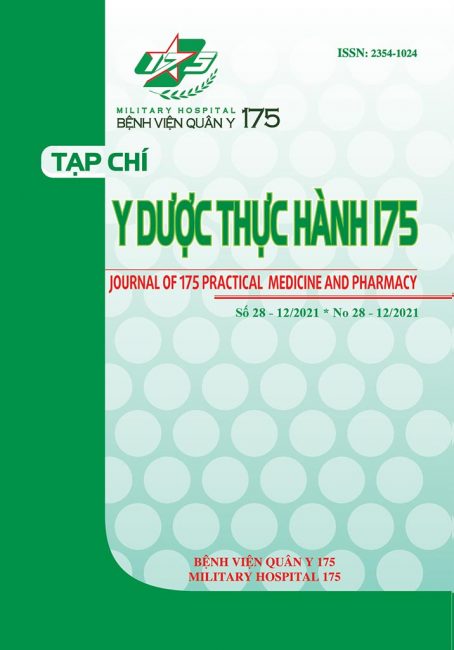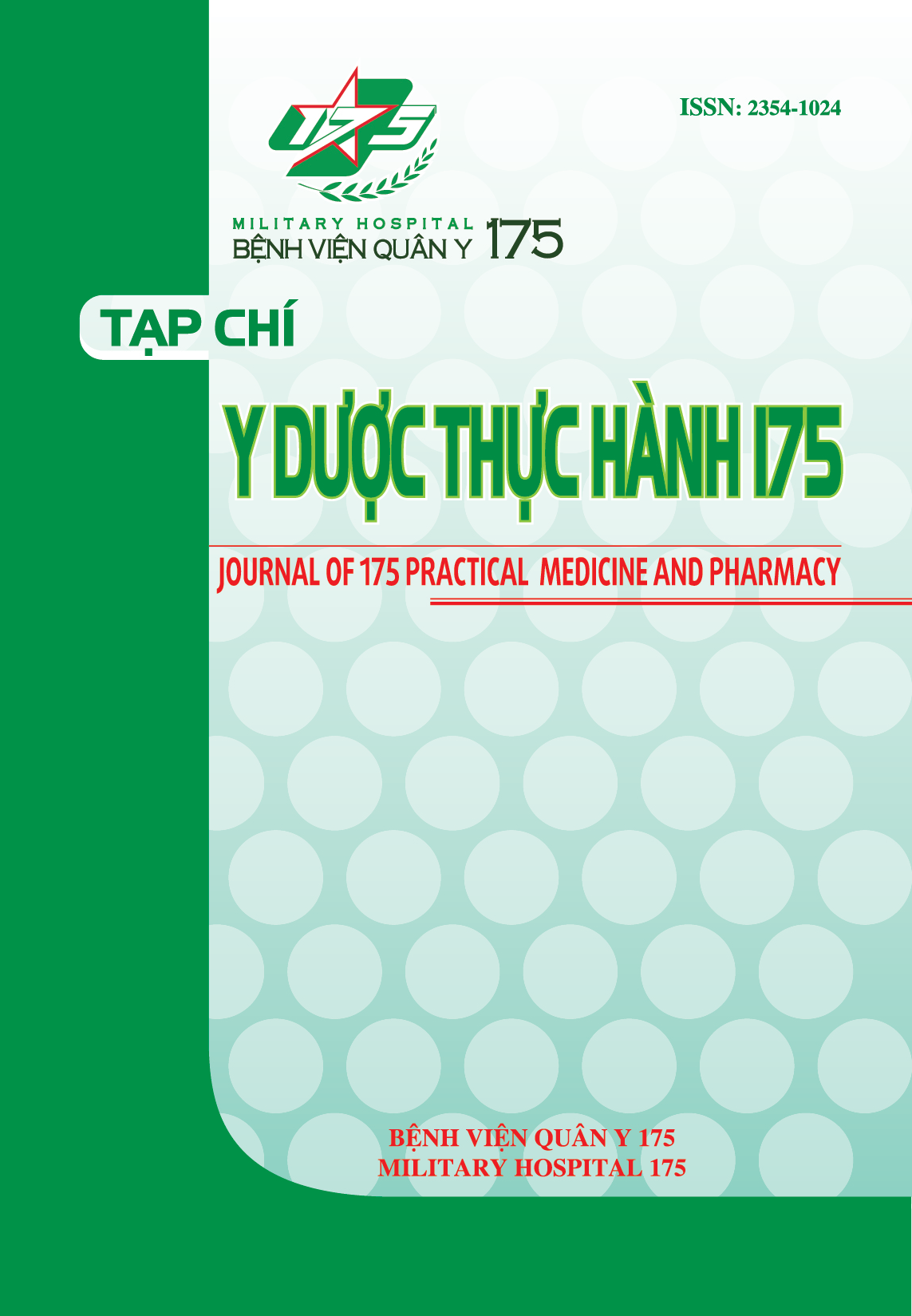RESEARCH ON hs-CRP AND RELATIONSHIP TO SOME CLINICAL AND SUBCLINICAL FACTORS IN TYPE 2 DIABETES PATIENTS
Authors
DOI: https://doi.org/10.59354/ydth175.2021.84Keywords:
hs-CRP, type 2 diabetesReferences
Nhân Nguyễn Trọng, Thành Vũ Văn (2019). Thực trạng kiến thức và thực hành về chế độ ăn uống của người bệnh đái tháo đường type 2 điều trị ngoại trú tại Bệnh viện Nội tiết tỉnh Bắc Giang năm 2019, Khoa học Điều dưỡng, 2019, tr. 97-104.
Vinh Phạm Nguyễn, Đái Tháo Đường và bệnh Mạch Vành (2012), tầm quan trọng của kiểm soát tích cực LDL-C, Hội nghị khoa học toàn quốc lần VI của hội Nội tiết và Đái tháo đường Việt Nam, 2012, tr. 152.
Aljack HA, High Sensitive C (2019). Reactive Protein in Sudanese Type 2 Diabetic Patients, Sudan Journal of Medical Sciences, 2019, pp. 132-142.
Elimam H et al. (2018), Inflammatory markers and control of type 2 diabetes mellitus, Diabetes & Metabolic Syndrome: Clinical Research & Reviews, 2018, pp. 800-804.
Kashinakunti SV, Serum High Sensitive - C (2016). Reactive Protein Levels in Type 2 Diabetes Mellitus -A Case Control Study, International Journal of Biochemistry Research & Review, 2016, pp. 1-8.
Roopakala MS (2012), Evaluation of high sensitivity creactive protein and glycated hemoglobin levels in diabetic nephropathy, Saudi Journal of kidney diseases and transplantation, 2012, pp. 286.
Singh M (2020), High-sensitivity C-reactive protein, Malondialdehyde and their association with Glycated hemoglobin (HbA1c) in type 2 diabetes patients, International Journal of Health and Clinical Research, 2020, pp. 81-86.
Singh N (2019), A cross-sectional study on association of high-sensitivity C-reactive proteins (HS-CRP) with dyslipidemia in type 2 diabetic patients of Haryana region, International J. of Healthcare and Biomedical Research, 2019, pp. 30-39.
Downloads
PDF Downloaded: 133










